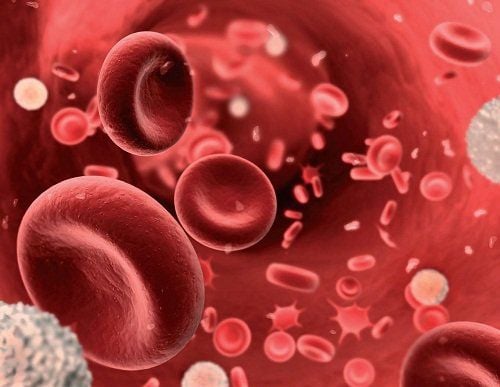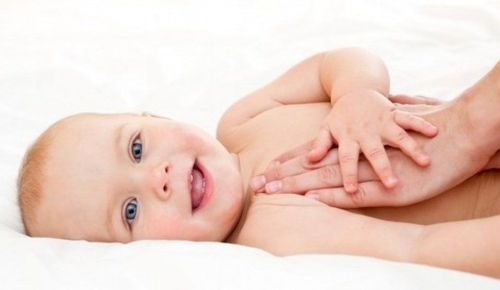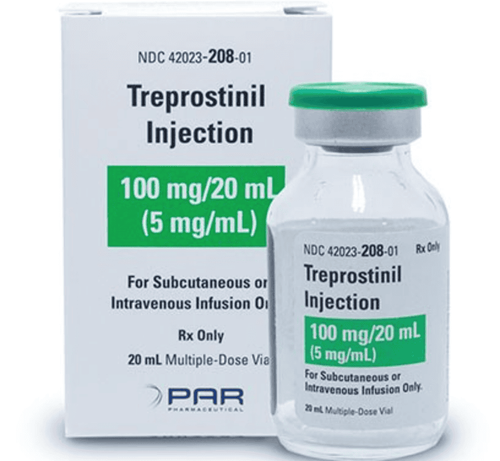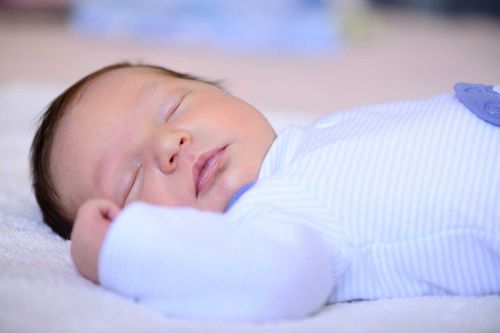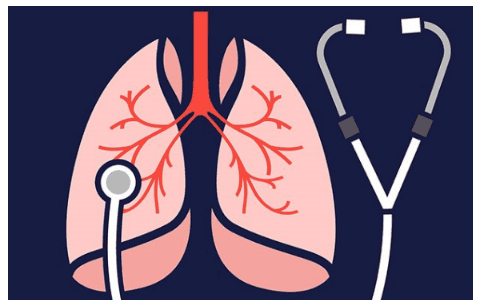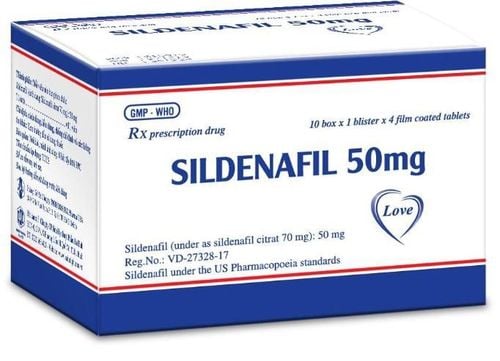This is an automatically translated article.
The article was written by Specialist Doctor I Trieu Thi Hong Thai - Neonatology Department - Vinmec Times City International General Hospital.Children need regular follow-up and check-ups by a doctor. Families need routine monitoring at centers and hospitals. Children should be admitted to the hospital immediately if they have the following signs: poor feeding, fussiness, cyanosis, faster heart rate, increased oxygen demand, or other abnormalities.
1. Conditions for children to be discharged from hospital to bring home oxygen
The general condition is stable or better: no signs of cyanosis, apnea for 2 weeks No signs of associated cardiopulmonary complications related to oxygen supply Child weight gain Only need oxygen support less than 0.5 l/ minutes to reach the target SpO2 through the bridge of the nose The caregiver has been trained, has the ability to know how to properly care for the child and a safe environment for the child Blood gas before discharge, CO2 does not increase SpO2 can be maintained > = 80% in 30 minutes (oxygen weaning), before discharge

2. Guidelines for safe use of oxygen at home
Oxygen is a gas that supports explosive reactions, so parents who need to use it need to follow the rules:
Do not smoke in oxygenated areas Do not use aerosols, mist in rooms with oxygen Turn off the oxygen source immediately when not in use. When used, oxygen is heavier than air, so it can collect on fabrics and clothes, so do not leave frames, oxygen masks on bed sheets, mattresses that cause flammable materials Do not leave oxygen in hot rooms Keep out of reach of children. in the room with petroleum products, flammable Fix the oxygen tank firmly
3. SpO2 monitoring goals at home
Goal to maintain SpO2 ≥ 93%; ≥ 95% of cases with pulmonary hypertension Duration of SpO2 < 90% <5% of the time Child without cyanosis
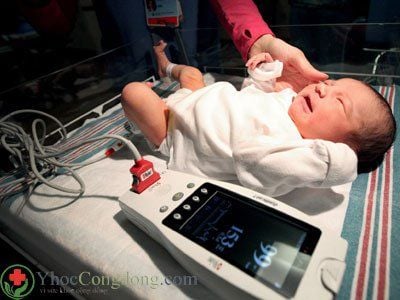
4. Instructions for using oxygen
Choose the right frame (small or medium size), fix it firmly with imitation leather as the base and fixing tape Check the frames regularly, change the frames once a week or as needed Increase oxygen flow when the child eats, tries Power Select flow: Line 300 ml/min need humidification Line < 300 ml/min do not need humidification When flow < 200 ml/min, use low low meter Pediatric department at Vinmec International General Hospital system is address for receiving and examining diseases that infants as well as young children are susceptible to: viral fever, bacterial fever, otitis media, pneumonia in children, ....With modern equipment, no sterile time, minimizing the impact as well as the risk of disease transmission. Along with that is the dedication from the doctors with professional experience with pediatric patients, making the examination no longer a concern of the parents.
Please dial HOTLINE for more information or register for an appointment HERE. Download MyVinmec app to make appointments faster and to manage your bookings easily.





